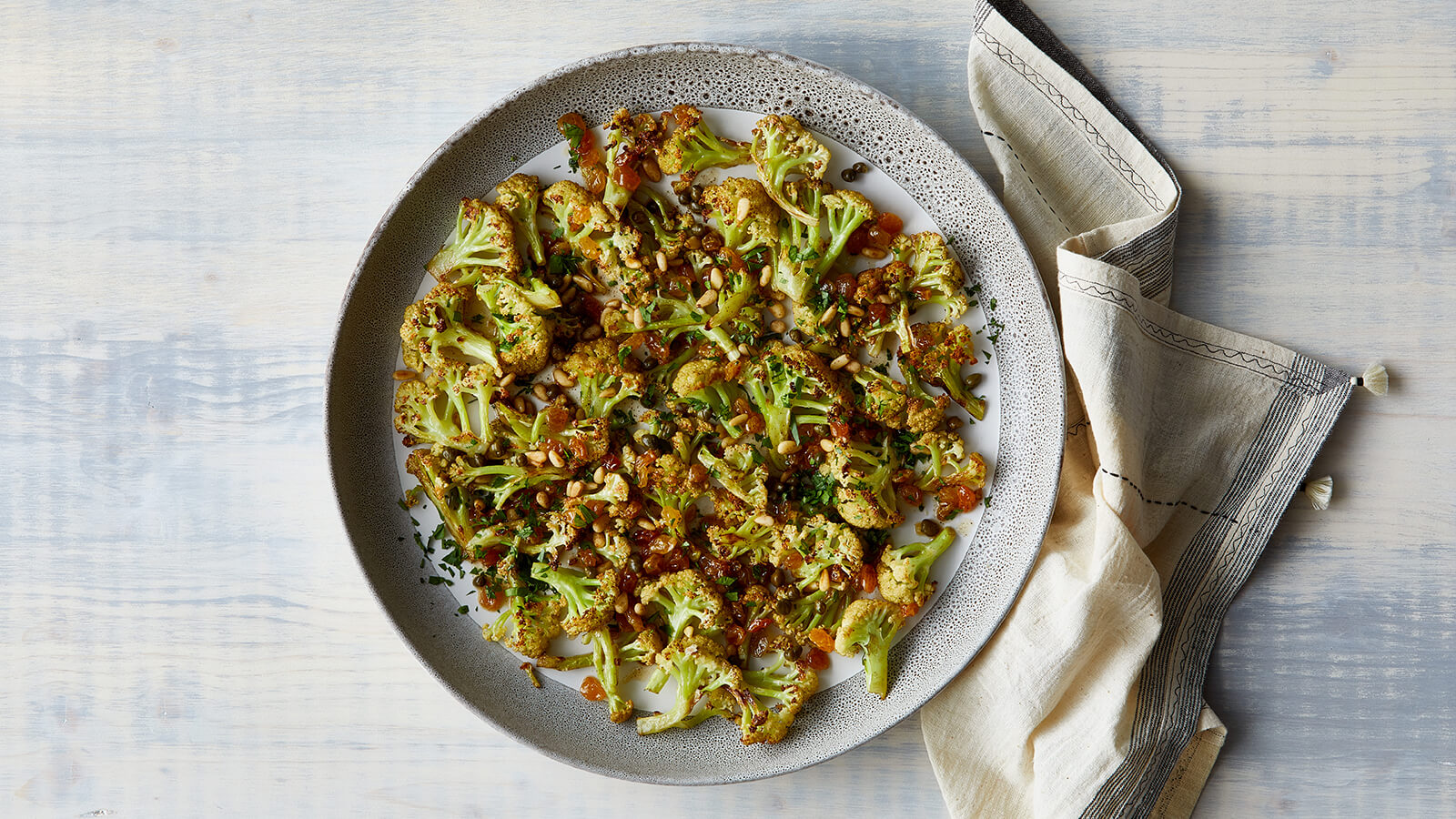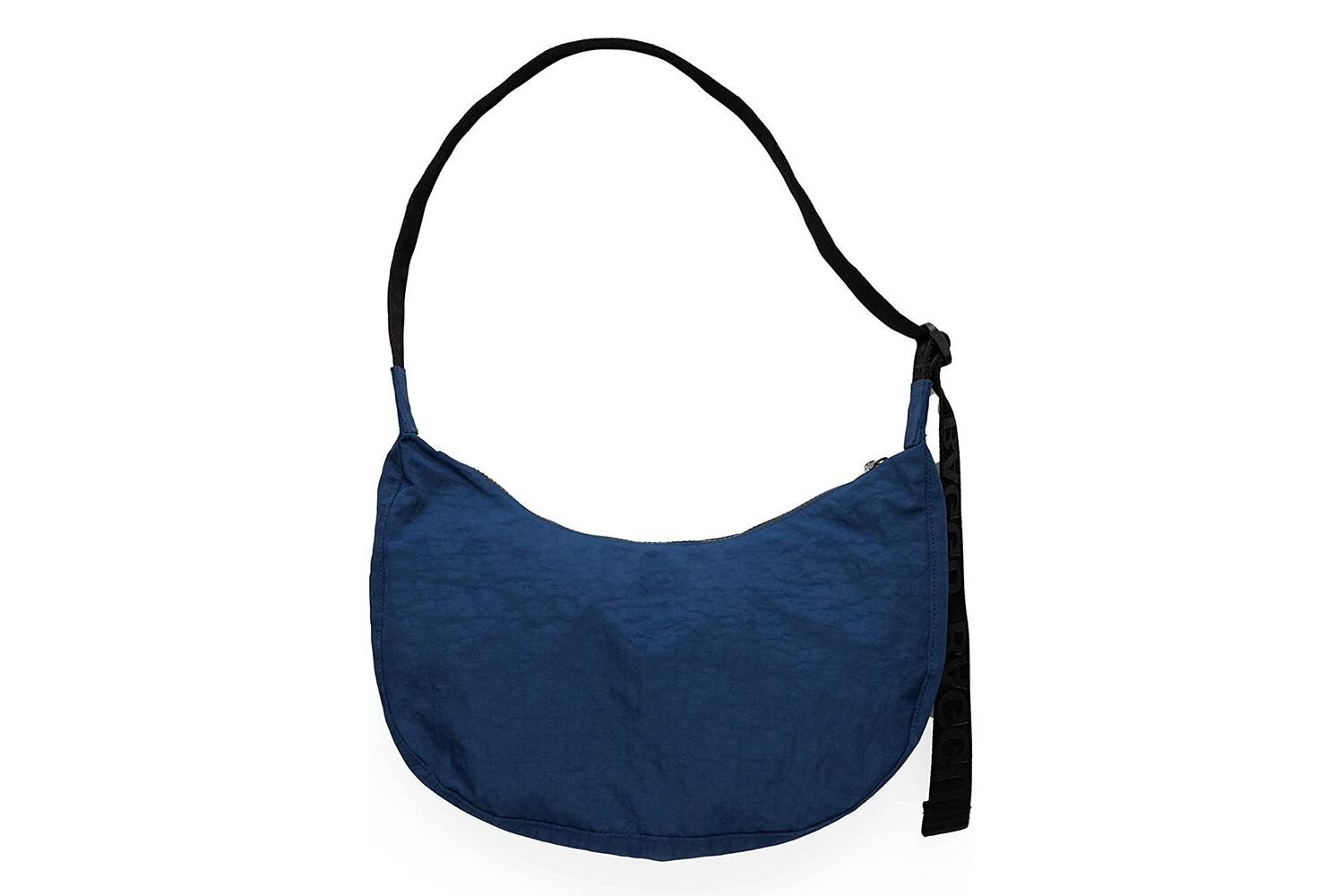
If you’re a fan of leafy greens, then you’re in for a treat with Fioretto! Also known as flowering cauliflower or kalettes, Fioretto is a unique and delicious vegetable that is gaining popularity among food enthusiasts. With its mild and sweet flavor, Fioretto offers a delightful alternative to traditional cauliflower and broccoli.
But what exactly makes Fioretto so special? In this article, we will explore 15 fascinating facts about Fioretto that will make you appreciate this vegetable even more. From its origin and cultivation to its nutritional benefits and versatile uses in the kitchen, you’ll discover why Fioretto deserves a spot on your plate.
Key Takeaways:
- Fioretto, a type of cauliflower, is a versatile and nutritious vegetable with a mild, sweet flavor. It can be enjoyed raw or cooked and adds an elegant touch to dishes.
- With its delicate texture and unique appearance, Fioretto is gaining popularity and becoming more widely available in grocery stores. It’s a seasonal vegetable best enjoyed fresh during late spring and early summer.
Fioretto is a type of cauliflower.
Fioretto, also known as “flowering cauliflower” or “caulilini,” is a unique variety of cauliflower that has a distinct appearance resembling a cluster of small, pale green florets.
It originated in Italy.
The Fioretto cauliflower variety was first cultivated in Italy, known for its rich culinary heritage and diverse range of vegetables.
It has a mild and sweet flavor.
The taste of Fioretto is often described as delicate, slightly nutty, and sweeter compared to regular cauliflower. It adds a refreshing and subtle flavor to any dish it is used in.
Fioretto is highly nutritious.
Just like its white cauliflower counterpart, Fioretto is rich in essential nutrients such as vitamins C, K, and B6, folate, fiber, and antioxidants, making it a healthy addition to your diet.
It is versatile in cooking.
Fioretto can be enjoyed raw, blanched, steamed, sautéed, roasted, or grilled. It retains its texture and flavor when cooked, making it a versatile vegetable to experiment with in various recipes.
It is a great substitute for broccoli or cauliflower in recipes.
Due to its similar taste and texture, Fioretto can be used as a substitute for broccoli or cauliflower in numerous dishes, such as stir-fries, salads, soups, or even as a standalone side dish.
Fioretto is harvested when the florets are tightly closed.
For the best quality and flavor, Fioretto is typically harvested when the florets have not fully opened and are still tightly closed.
It is best consumed fresh.
Fioretto is best enjoyed when it is fresh, retaining its crunchy texture and vibrant flavor. Look for firm stalks and crisp florets when purchasing.
It adds an elegant touch to dishes.
The unique appearance of Fioretto, with its delicate pale green florets, adds an elegant and visually appealing element to any dish it is incorporated into.
It is a seasonal vegetable.
Fioretto is typically available during the late spring and early summer months, as it thrives in cooler temperatures. Its availability may vary depending on location and growing conditions.
It has gained popularity in recent years.
With a growing interest in specialty and heirloom vegetables, Fioretto has gained popularity among chefs, home cooks, and food enthusiasts for its unique flavor and striking appearance.
It can be enjoyed both raw and cooked.
While Fioretto is often cooked, it can also be enjoyed raw as a crunchy and nutritious addition to salads, crudité platters, or as a simple and refreshing snack.
It is known for its tender and delicate texture.
One of the distinguishing features of Fioretto is its tender and delicate texture, making it a pleasure to bite into and adding a satisfying crunch to dishes.
It pairs well with various flavors and ingredients.
Fioretto’s mild flavor makes it an excellent canvas for a wide range of flavor combinations. It complements herbs, spices, citrus, creamy sauces, and other vegetables.
It is becoming more widely available in grocery stores.
As the demand for unique and specialty vegetables grows, Fioretto is now increasingly available in well-stocked grocery stores and farmers markets, making it more accessible to consumers.
Conclusion
In conclusion, Fioretto is a unique and versatile vegetable that offers an array of health benefits and culinary possibilities. Whether you’re looking for a low-calorie side dish, a nutrient-packed ingredient for salads or stir-fries, or simply want to try something new and exciting in the kitchen, Fioretto is a fantastic choice. Its mild and delicate flavor, crisp texture, and beautiful appearance make it a favorite among chefs and health-conscious individuals alike.
By incorporating Fioretto into your diet, you can enjoy a good source of vitamins and minerals, promote digestion and gut health, and add variety to your meals. So why not give Fioretto a try and explore the many ways you can enjoy this delicious and nutritious vegetable?
FAQs
Q: What is Fioretto?
A: Fioretto, also known as Flower Sprout or Kalettes, is a hybrid vegetable that is a cross between Brussels sprouts and kale. It features small, tightly packed heads resembling mini cabbages, with leaves that resemble kale.
Q: How do I prepare Fioretto?
A: Fioretto can be prepared in various ways. It can be lightly sautéed with garlic and olive oil, roasted in the oven with seasoning, stir-fried with other vegetables, or simply blanched and added to salads or soups.
Q: What are the health benefits of Fioretto?
A: Fioretto is rich in vitamins C, K, and A, as well as fiber. It also contains antioxidants and compounds that have anti-inflammatory properties. Regular consumption of Fioretto may support immune function, improve digestion, and contribute to overall health and well-being.
Q: Where can I buy Fioretto?
A: Fioretto can be found in many grocery stores, particularly during its peak season in the late fall and winter months. It may also be available at local farmers markets or specialty produce stores.
Q: How should I store Fioretto?
A: Fioretto should be stored in the refrigerator, preferably in a plastic bag or container to keep it fresh. It is best consumed within a week, although it may retain its quality for a slightly longer period if stored properly.
Fioretto's fascinating facts might inspire you to explore other intriguing topics. Delve into the world of sports/16-facts-about-fencing/">fencing, a sport with its own rich history and traditions. For a broader perspective on sports and their impact on society, our comprehensive article has you covered. If you're curious about the discipline and philosophy behind martial arts, our extraordinary facts will satisfy your curiosity.
Was this page helpful?
Our commitment to delivering trustworthy and engaging content is at the heart of what we do. Each fact on our site is contributed by real users like you, bringing a wealth of diverse insights and information. To ensure the highest standards of accuracy and reliability, our dedicated editors meticulously review each submission. This process guarantees that the facts we share are not only fascinating but also credible. Trust in our commitment to quality and authenticity as you explore and learn with us.


